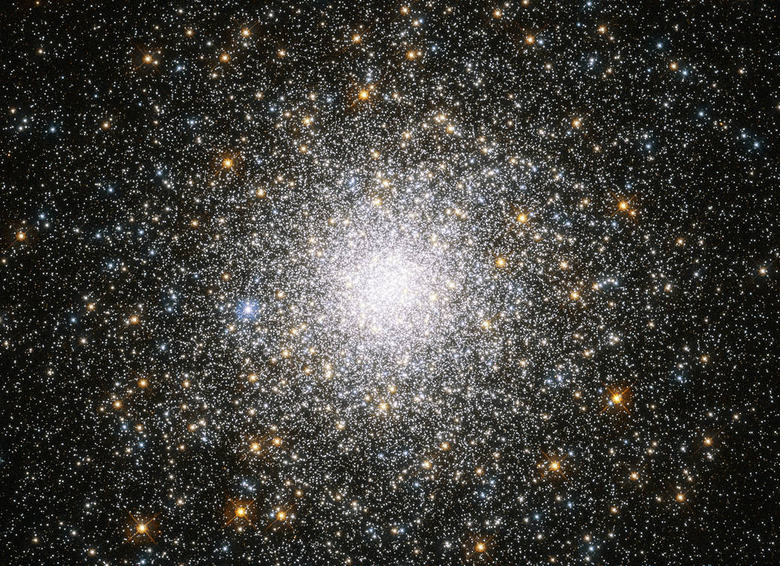Mysterious Radio Burst Detected Inside Our Home Galaxy
- Fast radio bursts (or FRBs for short) are mysterious blasts of energy scientists have detected from deep space.
- For the first time ever, an FRB was detected coming from within our own home galaxy, the Milky Way, offering scientists an opportunity to explain how they originate.
- It's now believed that a type of neutron star called a magnetar may be responsible for this local FRB, as well as other fast radio bursts observed coming from other galaxies.
- Visit BGR's homepage for more stories.
Of all the unknowns in science, one of the biggest mysteries is the origin of what are called fast radio bursts, or FRBs. FRBs are powerful blasts of radio energy that typically seem to come out of nowhere. Scientists can detect them as they reach Earth, but tracing their origins has proven to be an incredibly difficult puzzle to solve.
Many FRBs appear once and then disappear forever. Rarely, an FRB will repeat, beaming a signal from deep in space but appearing to originate from the same point, relative to Earth. Now, for the first time ever, an FRB was detected that appears to have originated from within our own home galaxy, the Milky Way.
As EarthSky reports, the radio signal was detected on April 28th and was revealed by astronomers in the Astronomer's Telegram. This is an incredible development since every other FRB ever detected by scientists has appeared to come from galaxies far, far away. But what makes this discovery even more exciting is that astronomers think they may even know what caused it, and their findings could solve the longstanding mystery surrounding FRBs.
The key to this latest observation is that the FRB was associated with a simultaneous burst of X-rays. When FRBs have been detected coming from far-off galaxies, X-rays didn't play a role. Our incredibly close proximity to this one may explain why we're only now seeing it, and it might hold the key to explaining what FRBs really are.
A magnetar is a type of neutron star that, as its name suggests, has incredibly intense magnetic properties. They are almost impossibly dense, and when so-called starquakes rock their surface, they can emit powerful gamma-ray and X-ray signals. Now, scientists are considering whether these tiny but powerful movements on the crust of a magnetar may be enough to send a powerful blast of radio energy into space as well.
The astronomers who worked on detecting this latest local FRB suggest that it was powerful enough to travel to neighboring galaxies. It originated in the location of a known magnetar in the Milky Way, and if we were positioned in a nearby galaxy we'd detect the signal as an FRB. Scientists aren't ready to declare that fast radio bursts have finally been explained, but they appear to be working toward that conclusion.
